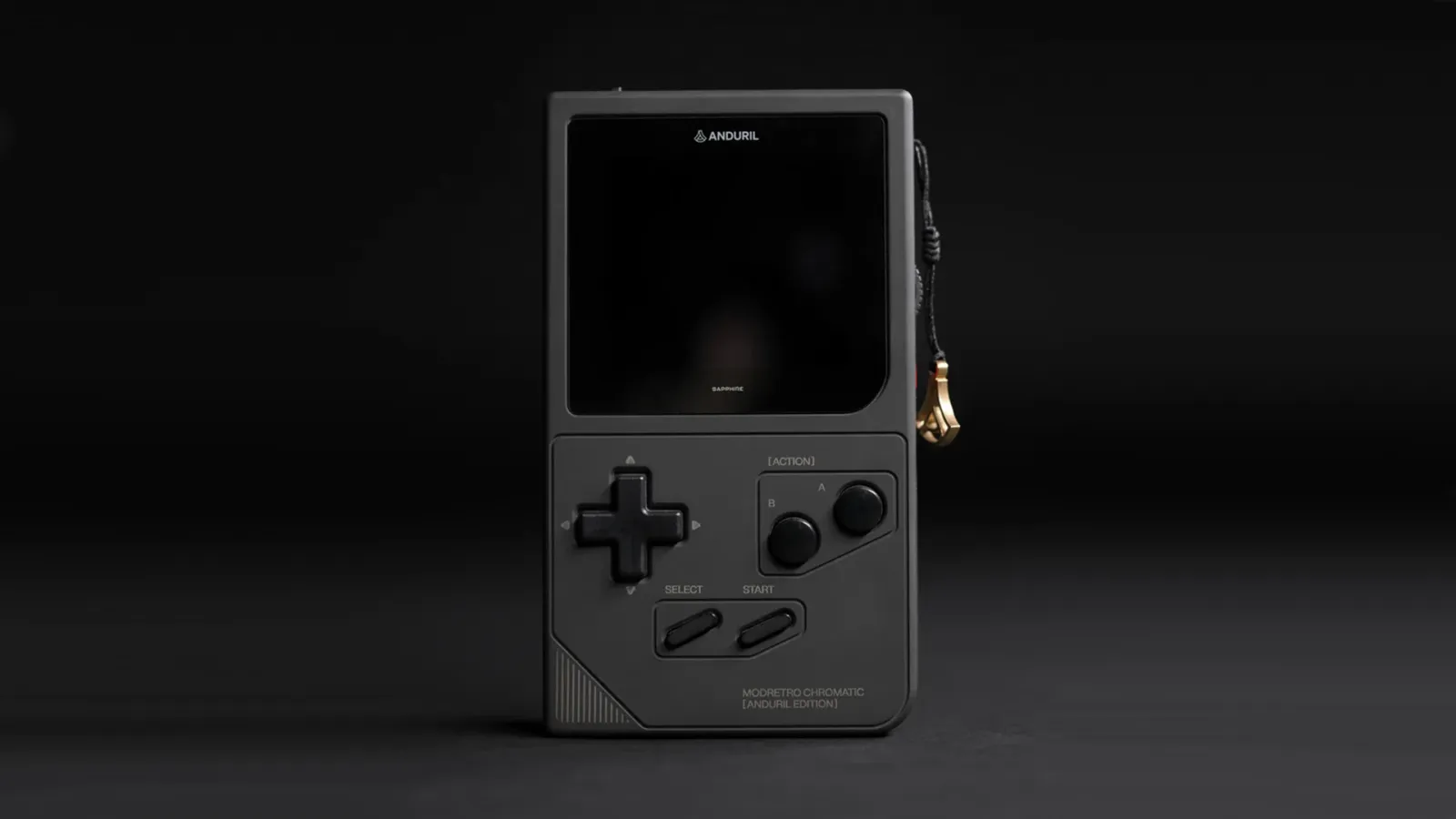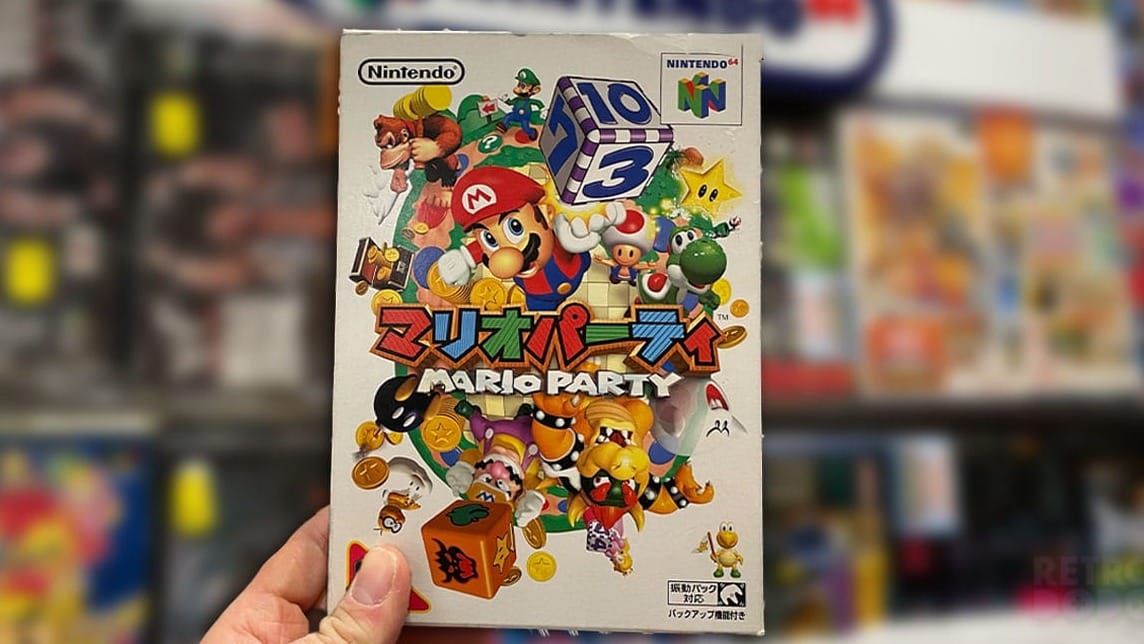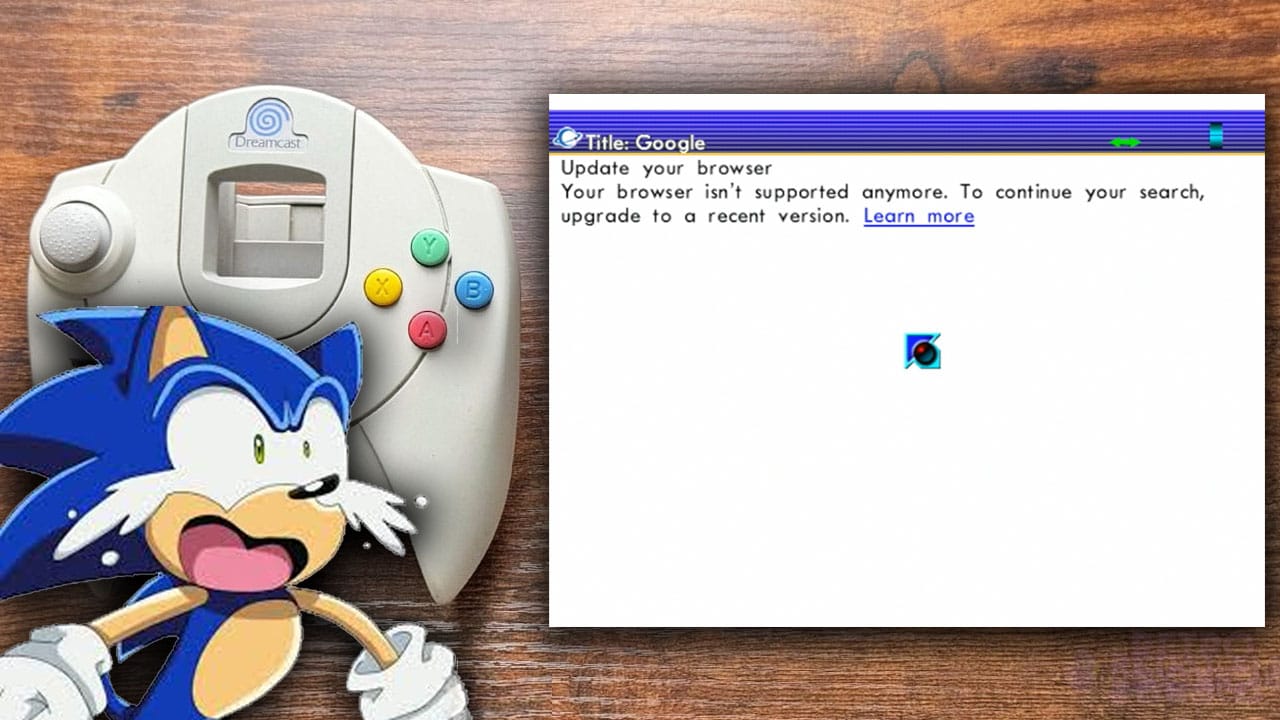Looking to play Spyro, Croc, and Metal Gear Solid on your Steam Deck? You’ll need to know how to play PS1 games on Steam Deck, then!
The debut system in Sony’s beloved PlayStation family of consoles was an incredibly successful console. The PS1 is beloved by many; not as much as the successor to the system, but still, it’s up there.
A lot of the best PS1 games on the system have been ported onto other systems, meaning that they’re no longer stranded on a now outdated system, with even more of them getting remade or remastered.
However, there’s still several games that haven’t been ported over onto a new system, and several of the ports aren’t considered to be as good as the original PS1 releases.
That’s where emulation comes into the equation (we love rhyming here at Retro Dodo), allowing you to play the original PS1 releases of beloved games such as Metal Gear Solid.
Thanks to emulation, you can play these games with improved settings and what’s even more exciting is that thanks to the Steam Deck, you can play these games while laid in bed or while travelling.
In this guide, we’ll run over how to get your hands on a BIOS file for the PlayStation 1, how to dump your own games so that you can play them through emulation, two separate ways that you can install an emulator, the best emulator settings for the PlayStation 1, and how to add PS1 games to the Steam Deck main screen.
1. The EmuDeck Method
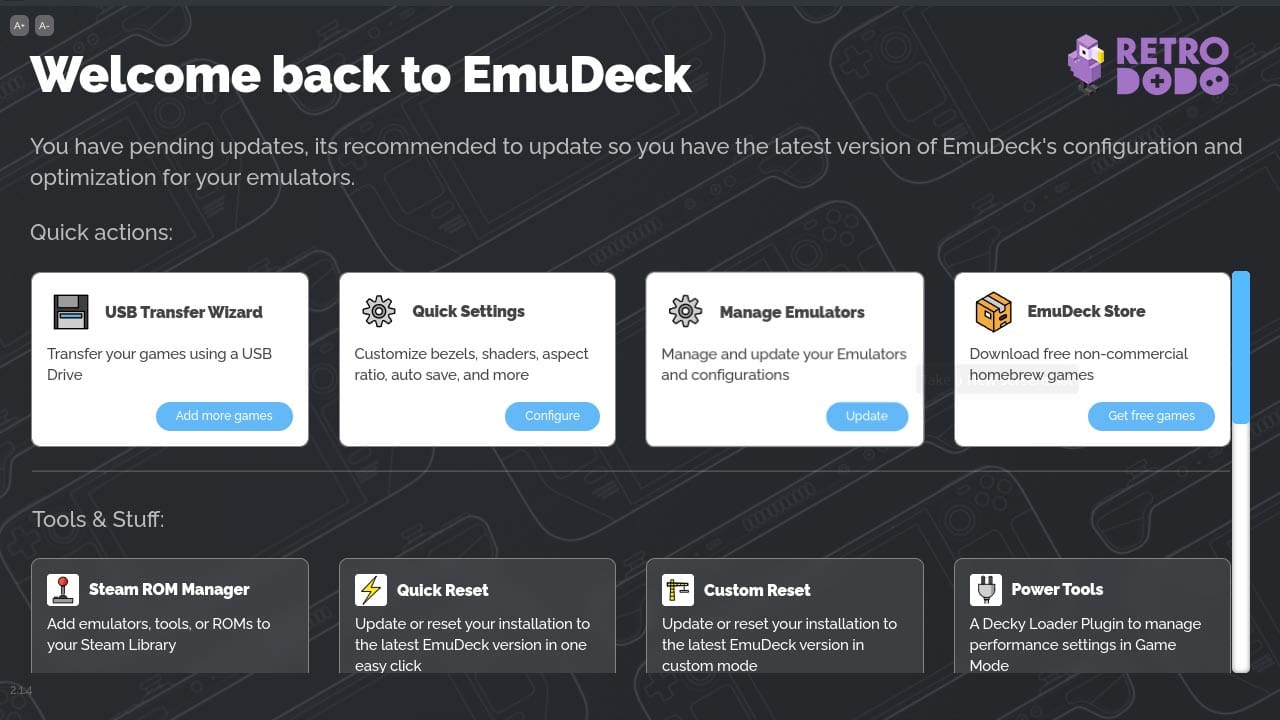
The Emudeck Method is useful if you want to add a wide variety of emulators other than those needed to play PS1 games on your Steam Deck, including emulators for the following systems:
- Sega Genesis
- SegaCD
- Sega32X
- PC Engine
- WonderSwan
- Nintendo Entertainment System
- Super Nintendo Entertainment System
- Mame
- FBNeo
- Master System
- Dreamcast
- Neo Geo
- Super NES Widescreen
- Genesis Widescreen
- Gameboy
- Gameboy Color
- Gameboy Advance
- Neo Geo Pocket
- GameGear
- Nintendo DS
- Nintendo 3DS
- PSP
- Nintendo 64
- Nintendo Wii
- Nintendo GameCube
- PlayStation 1
- PlayStation 2
- PlayStation 3
- Nintendo Wii U
- Nintendo Switch
How To Install EmuDeck
It’s not that hard to actually install EmuDeck onto your Steam Deck. The Steam Deck itself is famous for being open-sourced, and you’re able to install whatever you want on it as long as you don’t mind taking the time to think about overcoming any compatibility issues that arise.
In order to install EmuDeck on your Steam Deck, all you need to do is:
- Format an SD card to ext4 or btrfs if you think you might want to store your ROMs on your SD card.
- Download the EmuDeck installer by searching for it using the Steam Deck browser.
- To Copy the EmuDeck installer from your downloads folder to your desktop, just drag and drop the file.
- Once you’ve copied it, you’ll then need to run the file.
- All that’s left to do then is to run through the various steps that EmuDeck offers you, including selecting which of the emulators you want to be installed. It’s not too much of an extra effort to install every single emulator, but if you want to keep your Steam Deck tidy, then you can jut opt for RetroArch.
All that’s left to do then is to dump all of your ROMs and firmware onto the Steam Deck itself. Don’t worry; we’ll go further into how to do this later in the article.
2. The Alternate Method
If you don’t want to install all of the emulators that EmuDeck offers, then you can install it separately. Just search it within the Linux Discover store, download RetroArch and you’re set.
Well, sort of.
Installing RetroArch through the Discover store means that you don’t get ANY cores. This means that without a copious amount of googling, you’re unable to play any games on the emulation system.
It also doesn’t set up any settings for you, unlike EmuDeck, so you’ll have to set up all of your own settings and figure out your own way around PS1 emulation.
This is a slight issue, mainly due to the fact that PS1 emulation is harder than emulating older system such as the Game Boy and the SNES.
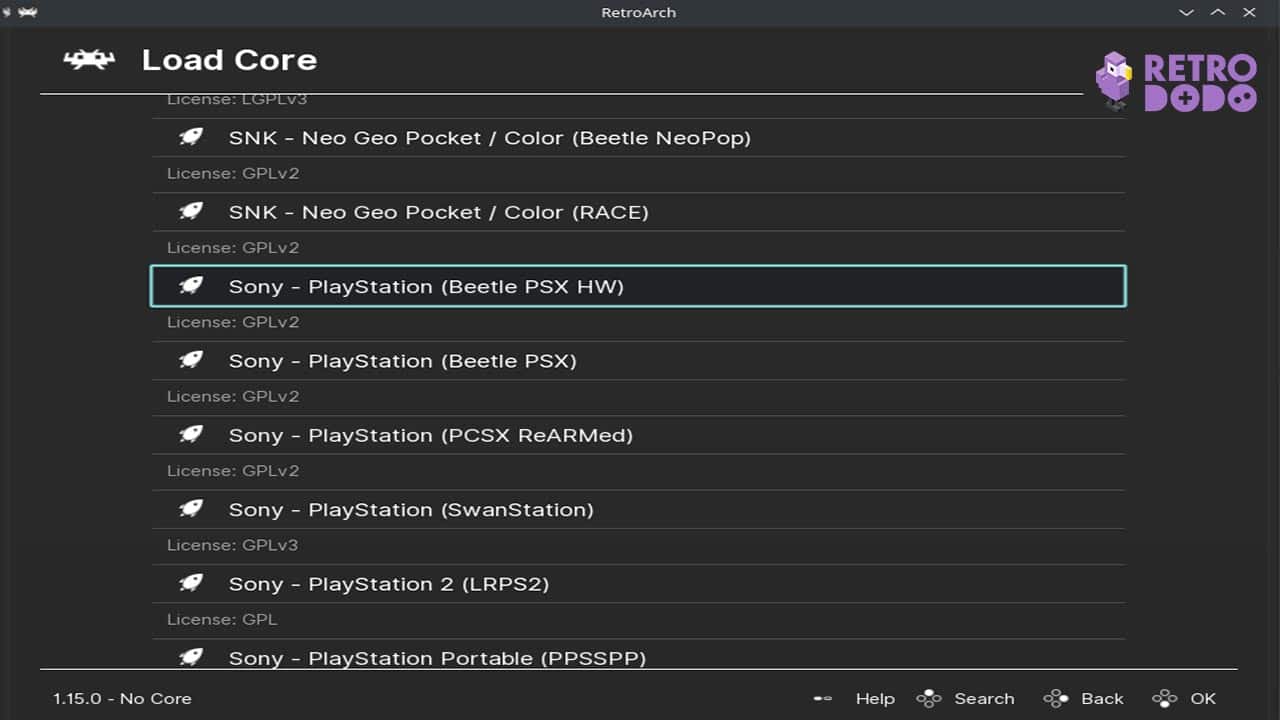
Do You Need A BIOS For PS1 Emulation?
Yes, you need a Bios for PS1 emulation on your Steam Deck.
Even if you install your emulator using Emudeck, then you still need to procure your own PS1 BIOS. You can dump your own, or you can find one online, but we won’t link to any other versions of the PS1 Bios. In order to dump your own PS1 BIOS, you need the following:
- Modded PlayStation 1 Console
- PlayStation Memory Card
- PlayStation Memory Card Reader
- CD-Reader
- Blank CD
- BIOS Dumper
- Memory Card Transferal Software
Now that you have all the equipment you need, you have to follow these steps. For this, we’re going to assume you’re using the PlayStation MemoryCard reader way of transferring data.
- Burn the BIOS Dumper to a blank CD.
- Put the burnt CD into your PS1 and start the system.
- A menu will appear after a little while.
- Choose which segment of the BIOS you actually want to dump. Press X
- Wait for around a minute for the BIOS to dump.
- Once the BIOS has dumped, you’ll see a message that tells you that you need to reset the console.
- Go to the memory card screen and you should see fifteen different saves with the name BIOS DUMP.
- Connect a memory card reader to your PC.
- Connect the memory card to the memory card reader.
- Open up Memory Card Captor Sakura, using the UserPort driver that came with the software.
- Press Slo1 to read the data that is stored on the Memory Card.
- Press IMG 2 and save the memory card with the .mcr extension, naming it after which part you’ve dumped.
In order to dump ISOs, you can do it through pretty much the same method. You can also find PS1 ISOs online, along with guides for more complicated and more in-depth ISO dumpings. To dump PS1 ISOs, use ImgBurn and follow these steps:
- Put your PS1 disc into your computer.
- Open ImgBurn after installation, making you sure that you’ve used custom installation so that it doesn’t install all of the add-ons that it wants.
- Click into settings, click mode and then click read.
- Once you’ve done that, choose the destination of the file by clicking the folder and magnifying glass button.
- Click the CD button and wait for it to finish ripping. Make sure that the disc is ripped as a bin and a CUE file rather than a single ISO file, as it otherwise won’t run.
- Wait for your CD to finish ripping.
- Transfer your bin and CUE files to the Steam Deck throughout whatever method you’d prefer to use.
RetroArch Best PS1 Settings

The only real setting that you need to change for the RetroArch PS1 core is the resolution. Make sure that it’s set so that the screen is outputting at a full 720p, since that’s the maximum resolution output that the Steam Deck can actually have natively.
You can also mess around with the resolution if you plan on playing with your Steam Deck attached to your TV.
If you have a Steam Deck dock, then you can increase the resolution until it actually looks good on your TV, but be wary that there’s the possibility that it could mess with the Steam Deck hardware if you do that.
You could also mess around with the controls if there’s certain controls that you really want to remap, but the PS1 controls adapt really well to the Steam Deck so it’s extremely unlikely that you’ll actually need to remap any controls unless you have specific accessibility needs or unless you’re used to a different system overall.
How To Have ROMS Appear On Your Steam Deck Home Screen
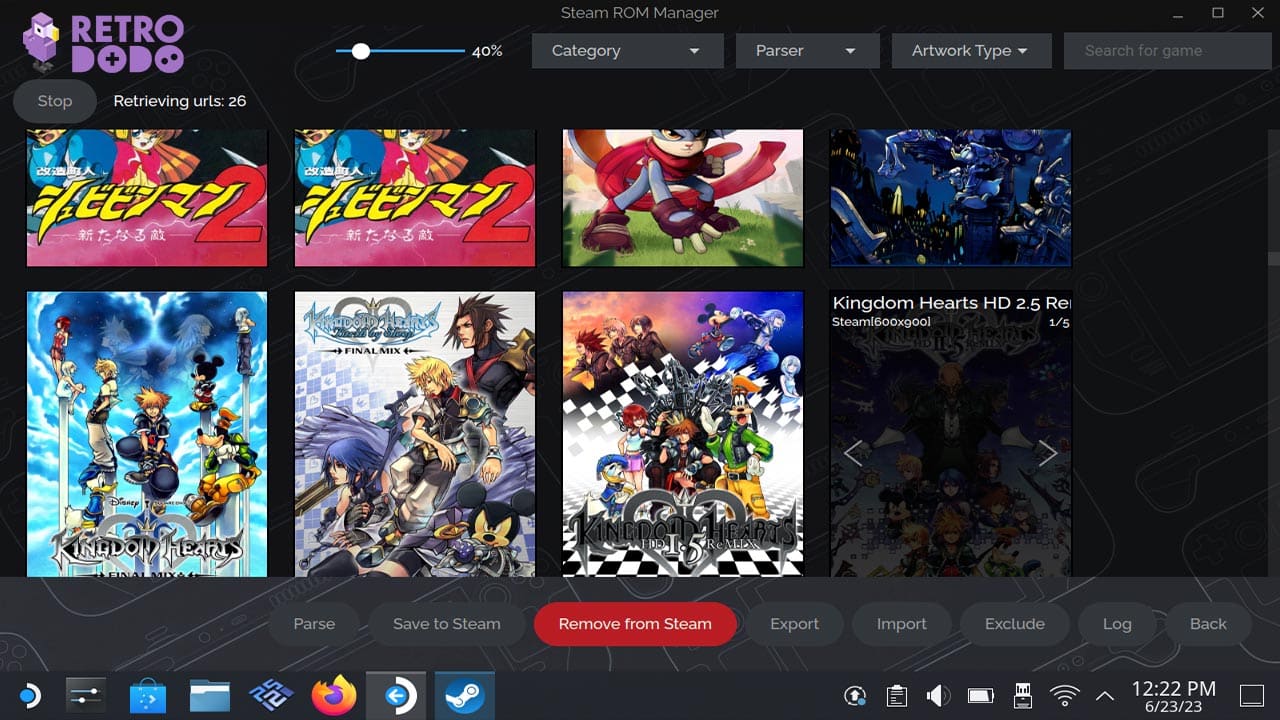
If you want your ROMs to appear on your Steam Deck home screen, then today is going to be a joyous day.
The good news is that if you’ve installed EmuDeck, then you already have Steam ROM Manager. If not, you first need to find this nifty tool in the Discover store.
Once you’ve got it in your arsenal, just run the application and then toggle the systems that you actually want the ROM Manager to cycle through as it searches for games.
Click preview, and then you’re going to want to click generate app list.
Once you have this, just wait for the application to find artwork for the game and then click save app list.
And that’s it! Now you can access your ROMs from the Steam Deck menu and you know how to play PS1 games on Steam Deck!




